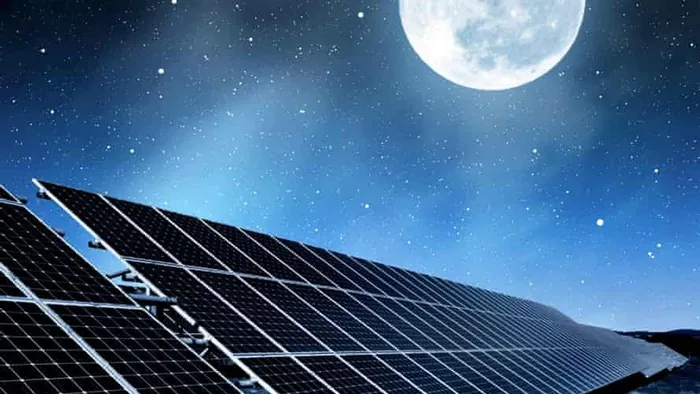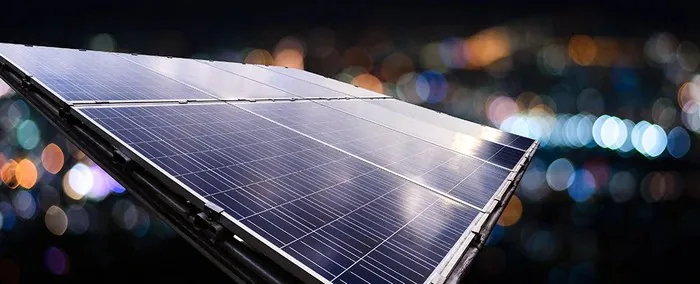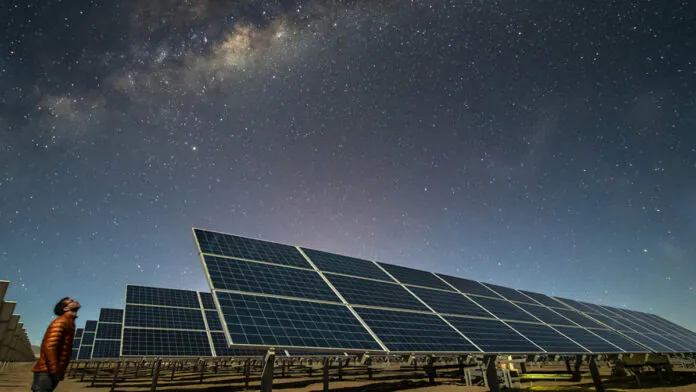© ROOT-NATION.com - Use of content is permitted with a backlink.
Traditional solar technology absorbs sunlight to reduce voltage. Ironically, some materials are able to move in the opposite direction, producing energy, and radiating heat into the cold night sky. A team of engineers from Australia demonstrated this theory in action, using a technology commonly used in night vision goggles to generate energy.
So far, the prototype produces only a small amount of energy and is unlikely to be a competitive source of renewable energy, but in combination with existing photovoltaic technology, it can use a small amount of energy provided by solar cells cooled after a long, hot day. It’s estimated that it would take over 7 billion solar panels to power the US. With these new solar cells, we may be able to cut that number down significantly.

“Photovoltaics, the direct conversion of sunlight into electricity, is an artificial process that humans have developed in order to convert the solar energy into power,” says Phoebe Pearce, a physicist from the University of New South Wales. “In that sense, the thermoradiative process is similar; we are diverting energy flowing in the infrared from a warm Earth into the cold Universe.” By causing atoms in any material to oscillate from heat, you cause their electrons to generate low-energy pulsations of electromagnetic radiation in the form of infrared light. No matter how weak this electronic flicker is, it is still able to trigger a slow current of electricity. All you need is a one-way electronic traffic light called a diode. Made from the right combination of elements, the diode can move electrons, slowly giving off its heat to a cooler environment.
In this case, the diode is made of mercury cadmium telluride (MCT). Already used in devices that detect infrared light, the ability of MCT to absorb medium and long-range infrared light and convert it into current is well studied. What was not entirely clear was how this particular trick could be effectively used as an actual source of energy.
Heated to about 20°C, one of the tested photoelectric MCT detectors generated a power density of 2.26 ml per m². Of course, this is not enough to boil a jug of water for morning coffee. You will probably need as many MCT panels to cover several city blocks for this small task. But in reality this is not the main thing, given that it is still too early to talk about a real result in this area, and there is potential for significant further development of technology in the future.

“Right now, the demonstration we have with the thermoradiative diode is relatively very low power. One of the challenges was actually detecting it,” says the study’s lead researcher, Ned Ekins-Daukes. “But the theory says it is possible for this technology to ultimately produce about 1/10th of the power of a solar cell.” With this efficiency, it may be worthwhile to make an effort to weave MCT diodes into typical photovoltaic networks so that they can continue to charge the batteries long after sunset.
To be clear, the idea of using planetary cooling as a source of low-energy radiation has been of interest to engineers for some time. Different methods have shown different results, all with their costs and benefits. However, by testing the limits of each and fine-tuning their ability to absorb more of the infrared bandwidth, we can develop a set of technologies that can squeeze every drop of energy from virtually any type of waste heat.
You can also help Ukraine fight with Russian occupants via Savelife or via an official page of the National Bank of Ukraine.
Read also:
- Elon Musk handed over Tesla Powerwall equipment to Ukraine
- StoreDot has shown an extreme fast charging technology


